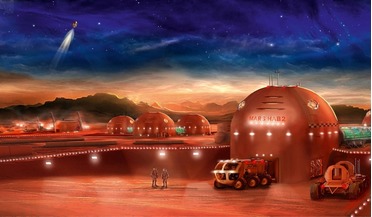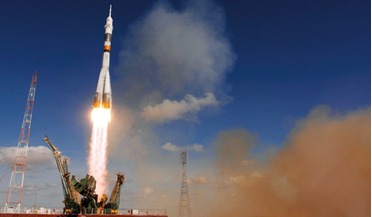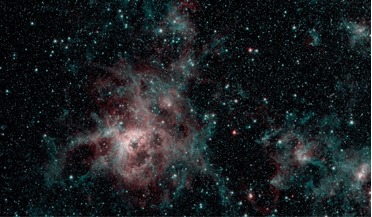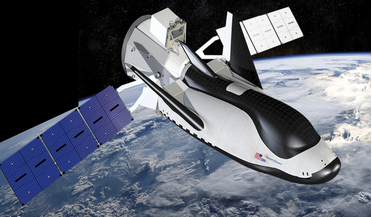 July 2019
Settling the final frontier
July 2019
Settling the final frontier
... that of sea level on Earth, about the same as is used in most human-rated spacecraft, and would include nitrogen to more closely approximate the air we are used to breathing. It was thought at the time the plans were...
 April 2020
Replacing hydrazine fuel with a greener alternative
April 2020
Replacing hydrazine fuel with a greener alternative
... and widely considered to be fatally toxic. The hazard is significantly increased in bipropellant systems that commonly use nitrogen tetroxide as an oxidizer. Anyone watching hydrazine being put into a satellite would think they were watching a scene...
 May 2020
Space astronomy at the limits of technology
May 2020
Space astronomy at the limits of technology
...of this helium, which we brought to the superfluid state. First we used a little carbon dioxide, then a little liquid nitrogen, and eventually we cooled it down to the point where it became superfluid helium. We knew the fundamental properties of the...
 July 2020
Key technologies for space exploration
July 2020
Key technologies for space exploration
... landing (for the removal of payloads), it cannot use the traditional toxic propellants of choice, like hydrazine and nitrogen tetroxide, that are typically used for spacecraft. The use of non-toxic propellants allows for the...
 January 2023
Producing food in space
January 2023
Producing food in space
... can be utilised directly for food production. The microbial cells are fed carbon dioxide, hydrogen, oxygen, nitrogen (which can be sourced from urea) and some minerals. The microorganisms are then able to make amino...
 April 2025
Racing to the Moon
April 2025
Racing to the Moon
... be split into hydrogen and oxygen for rocket fuel and oxidiser. The latter can be mixed with nitrogen or other buffer gasses to breathe. A photograph of the Tiangong space station taken by a member of the Shenzhou-16 spacecraft crew...